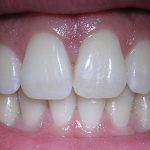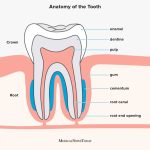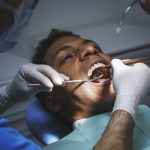White Cat Teeth: How Many Does Your Feline Friend Have?
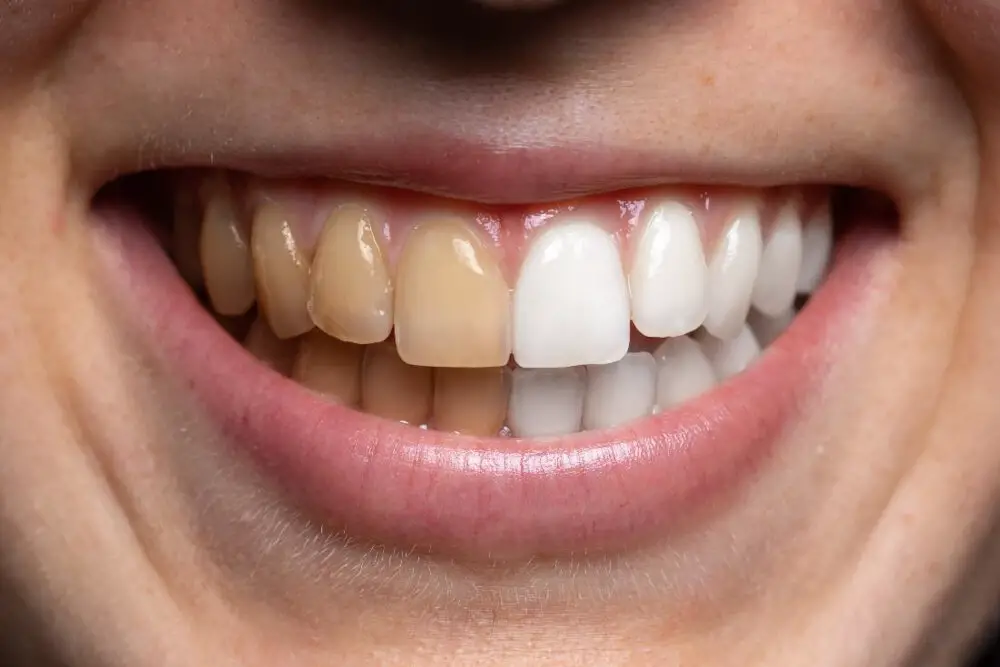
Cats are fascinating creatures with a unique set of physical attributes that make them stand out from other domesticated pets. One of the most notable features of a feline friend is their sharp, pointy teeth that are visible when they yawn or hiss. But have you ever wondered how many teeth your cat actually has? Understanding the dental anatomy of your furry companion is important not only for their overall health and well-being but also for preventing potential dental problems down the line. As you may know, cats are carnivores, which means their teeth are designed for catching, tearing, and chewing meat. Unlike humans, cats have a total of 30 teeth in their mouth, with 16 on the top jaw and 14 on the bottom jaw. Each tooth serves a specific purpose, from the long and sharp canine teeth for puncturing prey to the small incisors for nibbling on small pieces of meat. In this article, we will explore the different types of teeth that your cat has and the role they play in their daily lives. So, let’s dive into the world of feline dental hygiene and discover the secrets behind those pearly white cat teeth!
It is crucial for cat owners to know how many teeth their feline friends have as it helps them to monitor their oral health. Adult cats have 30 teeth, which include incisors, canines, premolars, and molars. By keeping track of the number of teeth, pet owners can determine if their cats have any missing or broken teeth that could cause discomfort or difficulty while eating. Additionally, knowing the number of teeth can help pet owners to identify any dental issues such as tartar buildup, gum disease, or tooth decay, which can lead to serious health problems if left untreated. Regular dental check-ups and cleaning can help maintain a healthy mouth and prevent dental problems, ensuring that your cat enjoys a happy and healthy life.
Cats have four types of teeth that serve different functions – incisors, canines, premolars, and molars. Incisors are located at the front of the mouth, and their function is to grip and tear food. Canines, also referred to as \fangs,\ are the sharp teeth located between the incisors and premolars and are used for biting and tearing. Premolars are located between the canines and molars and have a flat surface used for grinding and shearing food. Lastly, molars are located at the back of the mouth and are used for grinding and crushing food. Each type of tooth is essential for a cat’s diet and overall health, and regular dental care is crucial to maintaining their pearly whites.
How Many Teeth Do Cats Have?
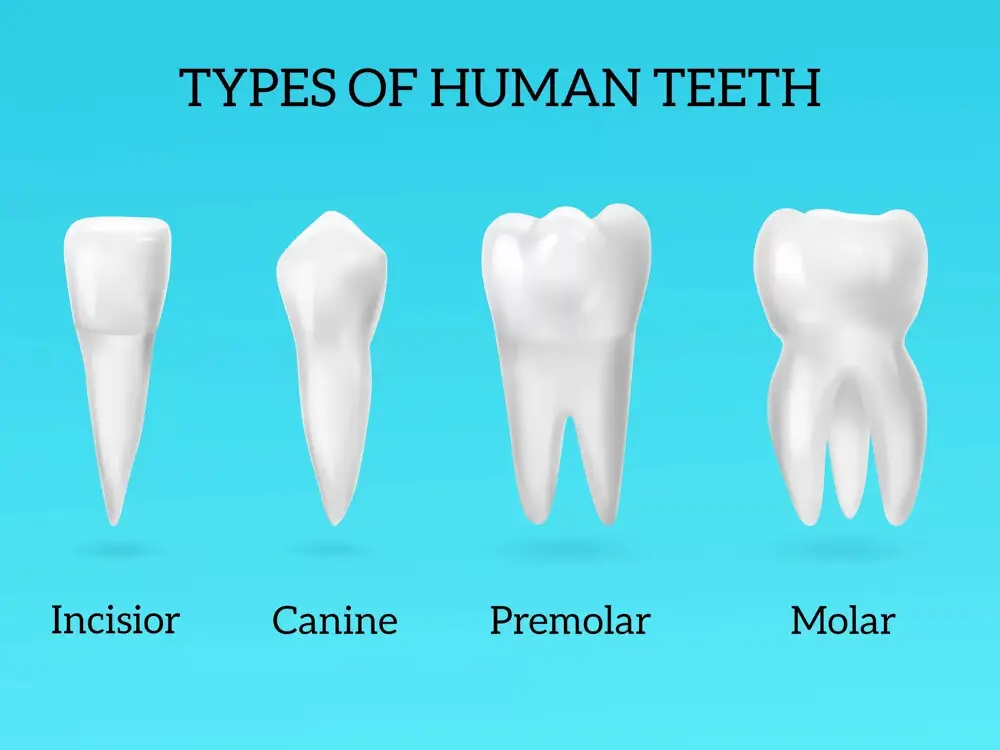
Cats are one of the most loved and popular pets in the world. They are known for their unique personalities, independent nature, and of course, their adorable looks. However, when it comes to their dental health, many cat owners are often unaware of how many teeth their feline friends have. As it turns out, cats have a total of 30 teeth, which are divided into two main categories: incisors and molars. The incisors are located at the front of the mouth and are used for biting and grooming. Cats have a total of 12 incisors, 6 on the top and 6 on the bottom. The molars, on the other hand, are located at the back of the mouth and are used for chewing and grinding food. Cats have a total of 18 molars, 10 on the top and 8 on the bottom. It’s important for cat owners to be aware of their cat’s dental health and to regularly check their teeth for any signs of decay or damage. Proper dental care can help prevent dental issues and ensure that your feline friend maintains healthy teeth and gums for years to come.
Cats are known for their sharp teeth that help them to hunt and defend themselves. On average, adult cats have 30 teeth, which include 12 incisors, 4 canines, 10 premolars, and 4 molars. The incisors are located at the front of the mouth and are used for grooming and biting. The canines are the long, pointed teeth that are used for tearing meat. The premolars and molars are found towards the back of the mouth and are used for grinding and chewing. It is essential to maintain good dental hygiene in cats to ensure their teeth and gums stay healthy throughout their lives. Regular brushing, dental check-ups, and a healthy diet can help prevent dental problems, such as tooth decay and gum disease.
In the article titled \White Cat Teeth: How Many Does Your Feline Friend Have,\ it is important to note that kittens have a different number of teeth than adult cats. Generally, kittens have 26 baby teeth, also known as deciduous teeth, which will eventually fall out and be replaced by their adult teeth. These baby teeth consist of 12 incisors, 4 canines, and 10 premolars. As they grow and mature, their adult teeth will start to come in, and they will end up with a total of 30 adult teeth, consisting of 12 incisors, 4 canines, 10 premolars, and 4 molars. It’s important to take care of your kitten’s teeth from a young age to ensure proper dental health throughout their life.
As cats age, their teeth can undergo changes, and it’s important to understand how many teeth they have at different stages. Senior cats typically have 28 teeth, consisting of incisors, canines, premolars, and molars. These teeth are crucial for a cat’s overall health and wellbeing, allowing them to chew, bite, and groom themselves effectively. However, senior cats may experience dental issues such as gum disease or tooth decay, which can lead to pain, infection, and difficulty eating. Regular dental check-ups and proper dental care can help senior cats maintain healthy teeth and live happy, comfortable lives.
The Importance of Dental Health in Cats
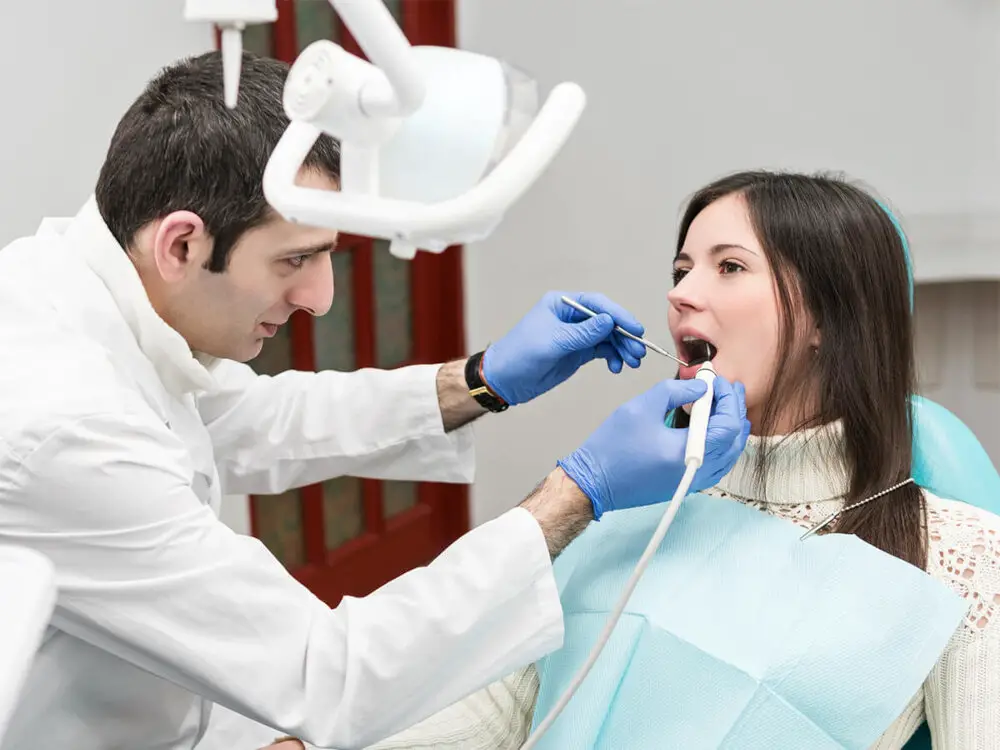
Cats require adequate dental care to maintain their overall health and well-being. Poor dental hygiene can lead to a range of health issues, including gum disease, tooth decay, and bad breath. Gum disease, in particular, can cause inflammation and infection that can result in tooth loss, painful abscesses, and systemic illnesses such as heart disease and kidney disease. Therefore, it’s crucial for cat owners to pay attention to their feline friends’ dental health and take steps to prevent dental problems from occurring. Regular veterinary checkups and professional dental cleanings are essential for maintaining cats’ dental health. During these checkups, veterinarians can examine cats’ teeth and gums and identify any dental issues that may require treatment. Additionally, cat owners can help keep their pets’ teeth clean by providing them with appropriate dental chews, toys, and treats that help to scrape away plaque and tartar. Brushing cats’ teeth with pet-specific toothpaste and toothbrushes can also be an effective way to reduce plaque buildup and prevent dental problems. By prioritizing their cats’ dental health, owners can help keep their feline friends healthy and happy for years to come.
Maintaining good dental health is crucial for cats as it affects their overall well-being. Cats use their teeth not only for eating but also for grooming, playing, and defending themselves. Poor dental hygiene can lead to various health issues such as bad breath, gum disease, tooth decay, and even systemic infections. Regular tooth brushing, dental check-ups, and a healthy diet can help prevent these problems. It is also essential to be aware of any changes in your cat’s eating habits or behavior, as these may indicate dental problems that require immediate attention. Therefore, taking good care of your feline friend’s teeth is essential for their long-term health and happiness.
Maintaining good dental hygiene in cats is crucial for their overall health and well-being. Regular brushing of their teeth with a cat-friendly toothbrush and toothpaste can help prevent plaque buildup and reduce the risk of gum disease. Providing dental treats and toys can also aid in removing tartar and promoting healthy teeth and gums. Regular check-ups with a veterinarian can help identify any dental issues early on and provide appropriate treatment. A balanced diet that is rich in nutrients can also contribute to good oral health in cats. By taking these simple steps, you can ensure that your feline friend has healthy and pearly white teeth for years to come.
Cats, like humans, need proper dental care to maintain good oral health. Dental problems in cats can be difficult to identify because cats are experts at hiding pain. One of the most common signs of dental problems in cats is bad breath, also known as halitosis. Other signs include excessive drooling, reluctance to eat, pawing at the mouth, bleeding gums, loose or missing teeth, and changes in behavior such as increased aggression or lethargy. It is important to take your cat to the veterinarian for regular dental check-ups and cleanings to prevent and treat any dental problems.
Common Dental Problems in Cats
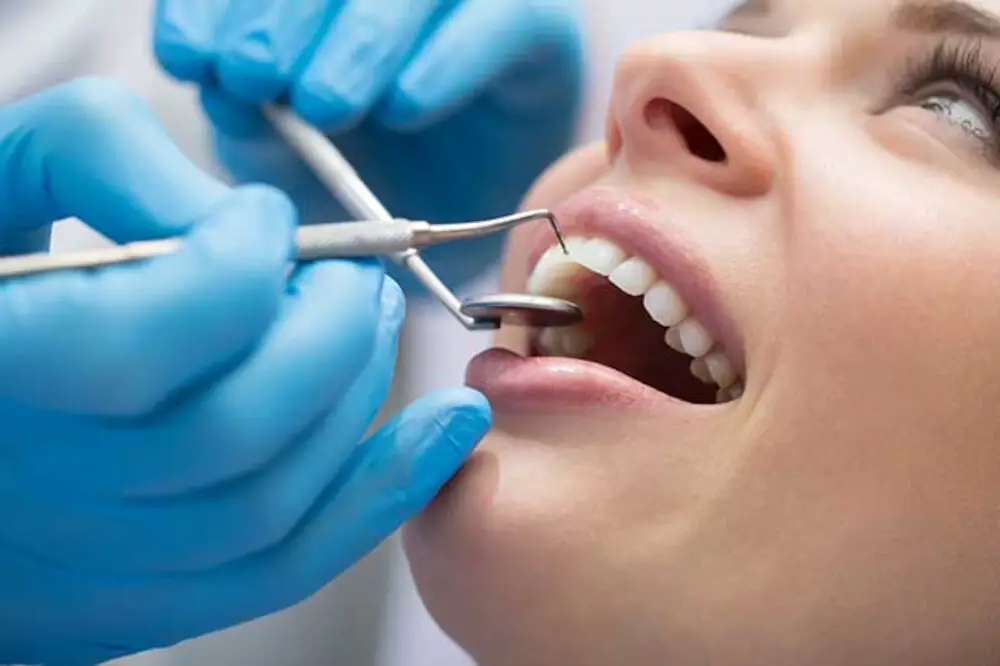
Cats, like humans, can also suffer from various dental problems that can cause discomfort and pain in their teeth and gums. One of the most common dental problems in cats is periodontal disease, which is caused by the buildup of plaque and tartar on their teeth. If left untreated, periodontal disease can lead to tooth loss, abscesses, and infections that can spread to other parts of the body. Signs of periodontal disease in cats may include bad breath, drooling, difficulty eating, and red or swollen gums. Another common dental problem in cats is tooth resorption, which is a painful condition where the tooth structure is destroyed from the inside out. Tooth resorption can occur in any tooth, but it is most common in the back teeth. Signs of tooth resorption in cats may include drooling, difficulty eating, and sensitivity to touch around the mouth. If your cat is experiencing any of these symptoms, it is important to take them to a veterinarian as soon as possible for a dental examination and treatment.
Gingivitis and periodontal disease are two common dental issues that affect cats. Gingivitis is the inflammation of the gums caused by the buildup of plaque and tartar on the teeth. If left untreated, it can progress to periodontal disease, which affects the tissues and bones that support the teeth. This can lead to tooth loss and even systemic infections. Prevention and early detection are key in managing these conditions. Regular dental cleanings, proper oral hygiene, and a balanced diet can help keep your cat’s teeth healthy and prevent these dental issues from developing.
Broken teeth in cats can be a painful and uncomfortable experience, causing difficulty while eating and leading to potential infections. It is important to regularly check your cat’s teeth for any signs of damage, such as chips or cracks, and to seek veterinary care if necessary. A broken tooth can be caused by a variety of factors, including injury, decay, and aging. While some minor breaks may not require immediate attention, more severe damage may require extraction or other dental procedures. It is crucial to prioritize your cat’s oral health and seek professional care to ensure a happy and healthy feline friend.
Tooth resorption is a painful and progressive dental disease that affects cats of all ages and breeds. Also known as feline odontoclastic resorptive lesions (FORLs), tooth resorption occurs when the cells responsible for breaking down and rebuilding a cat’s teeth start to erode the tooth’s structure. This condition can be difficult to detect because it often starts below the gum line and can cause cats to hide their pain. If left untreated, tooth resorption can lead to tooth loss, infection, and other serious health problems. Regular dental check-ups and cleanings, as well as early detection and treatment, are essential for maintaining a cat’s oral health and overall well-being.
In summary, feline dental health is crucial to their overall wellbeing, and understanding the number and function of their teeth is a key component of this. Adult cats have 30 teeth, with a mixture of incisors, canines, premolars, and molars, each serving a specific purpose in their diet and behavior. Proper dental care, including regular check-ups and teeth cleaning, can prevent a range of dental problems, from plaque build-up to tooth decay and gum disease. It’s important for cat owners to prioritize their pet’s dental health, ensuring they have strong, healthy teeth that allow them to eat, groom, and play without pain or discomfort.
Maintaining your cat’s dental health is crucial to prevent oral problems such as gum disease, tooth decay, and bad breath. To keep your feline friend’s teeth healthy and strong, you should regularly brush their teeth with a toothbrush and toothpaste designed for cats. You can also provide them with dental treats or toys that promote chewing and help remove plaque and tartar buildup. Additionally, feeding them a balanced diet rich in nutrients, especially vitamin C and calcium, can also help strengthen their teeth and gums. Regular visits to the veterinarian for dental checkups and professional cleanings are also recommended to ensure optimal dental health for your furry companion.
Conclusion

In conclusion, understanding the number of teeth your feline friend has is essential for maintaining their overall health and well-being. As we now know, white cat teeth can range from 28 to 30, and each tooth plays a crucial role in their ability to eat, groom, and communicate. Regular dental check-ups, proper nutrition, and good oral hygiene practices can help keep your cat’s teeth healthy and prevent dental problems in the future. So, if you want your feline friend to have a bright, healthy smile, make sure you prioritize their dental care.



